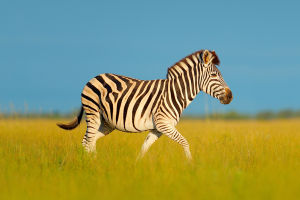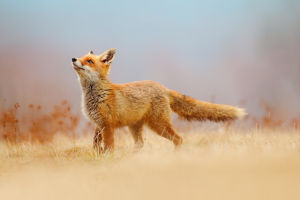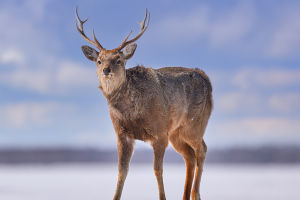Egrets are elegant water birds known for their white feathers and slender bodies.
They mainly inhabit wetlands, lakes, rivers, and coastal areas, often moving around the water to catch a variety of aquatic creatures.
With their slender bodies, flexible necks, and long legs, egrets are suitable for hunting in shallow waters. Their feathers are as white as snow, and especially during the breeding season, male egrets grow more stunning plumage, which makes them more attractive when courting.
Egrets usually live in groups, particularly during the breeding season, when they gather in suitable habitats to form breeding colonies. In these colonies, birds establish connections through singing, courtship dances, and grooming each other's feathers.
Their courtship behaviors typically include flapping their wings, twisting their bodies, and displaying their feathers, which are intended not only to attract mates but also to enhance social connections between groups.
In terms of hunting, egrets are known for their superb skills. They often wait quietly by the water, observe the movements in the water, and patiently catch swimming fish. When hunting, egrets will quickly extend their long beaks to catch their prey.
In addition to fish, egrets also prey on frogs, small reptiles, and invertebrates. Their eating habits are relatively diverse, and they can adapt to different environments and food sources.
In many cultures, egrets are regarded as symbols of elegance and purity. They frequently appear in poems, paintings, and folk tales, symbolizing harmony and tranquility.
In traditional Chinese culture, egrets are considered a symbol of good luck and are often associated with longevity and a good life. The elegant posture and pure white feathers of egrets evoke the beauty and harmony of nature.
The aesthetic appeal of egrets has made them a subject of interest for many artists and photographers. Their graceful movements and stunning plumage inspire a sense of peace and tranquility, drawing people to the natural world.
Wildlife enthusiasts and bird watchers often seek to observe egrets in their natural habitats, contributing to ecotourism and raising awareness about the need for conservation efforts.
Such activities can foster a deeper connection between humans and nature, encouraging more people to become advocates for environmental protection.
Although egrets play an important role in nature, their survival faces many challenges. Urbanization and human activities have led to habitat destruction, and the reduction of wetlands and water sources has caused egrets to lose important habitats.
In addition, water pollution and climate change have also affected their food sources and breeding habits. Therefore, it is particularly important to protect egrets and their habitats.
Establishing nature reserves, strengthening environmental protection measures, and raising public awareness are all vital ways to protect egrets.
Egrets are charming birds, admired for their elegant posture and excellent hunting ability. They are not only an important part of the ecosystem but also a symbol of natural beauty.
Protecting egrets and their habitats is not only a respect for nature but also a responsibility for the future. While appreciating the elegant posture of egrets, we should think about how to coexist with nature in harmony.


